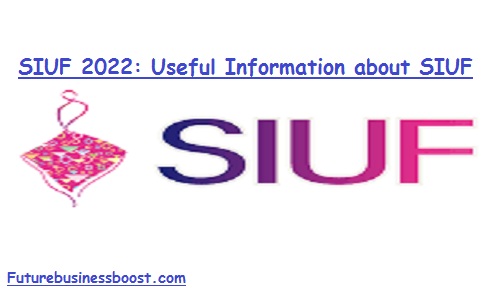What Is Hybrid Work Software? Unlocking Flexible Work Environments
The landscape of work has been transformed, and with it, a new breed of software has emerged: Hybrid Work Software. This innovative platform is designed to assist teams in coordinating office attendance, reserving desks, scheduling rooms, and enabling leaders to foster collaboration, engage employees, and enhance the workplace.
The Evolution of Workplace Management Systems
Hybrid Work Software is the evolutionary successor to the traditional Integrated Workplace Management Systems (IWMS). While there are overlaps, the defining distinction lies in its focus on people rather than facilities. It’s an employee-centric approach that prioritizes engagement over real estate management, offering a user experience that is more intuitive and accessible.
Defining Hybrid Work
Before diving into the specifics of the software, it’s crucial to understand what hybrid work entails. This model allows employees to split their time between the office and remote locations, providing flexibility and potential cost savings on office space of 40% or more. It’s a critical component in the design of modern, adaptive offices.
Key Features of Hybrid Work Software
Hybrid work software is a category of software that facilitates the combination of in-office and remote work. It supports organizations and their employees in managing and optimizing the flexible work environment that has become increasingly prevalent in modern times. Here are some key elements that define software:
1. Desk Booking
As organizations adapt to hybrid work, desk sharing through hoteling and hot desking becomes economical and viable. A robust desk booking system, complete with an office map and advanced scheduling, supports various working models and grows with your organization’s needs.
2. Meeting Room Management
Facilitating effective collaboration is essential. Hybrid work solutions offer sophisticated meeting room management to easily find and book spaces, integrate with calendars, and eliminate “ghost bookings,” enhancing team productivity.
3. Collaborative Scheduling
Hybrid work thrives on in-person interaction. Collaborative scheduling tools help employees coordinate their office time, ensuring meaningful collaboration and optimizing in-office days.
4. Integrated Workplace Experience
The best hybrid work tools integrate seamlessly into existing tech ecosystems, providing a native experience across Microsoft, Google, and other platforms, negating the need for additional apps.
5. Hybrid Work Policies
Balancing flexibility with alignment, hybrid work policies set the framework for when and where teams should gather, customizable to each team’s needs and helping leaders manage and optimize their workforce.
6. Workplace Analytics
Data-driven insights are invaluable, allowing organizations to tailor their hybrid work policies and workplace strategies, optimizing space usage and enhancing performance.
Conclusion
In conclusion, Hybrid Work Software is not just a tool but a strategic asset for any organization looking to thrive in the new normal of work. It fosters a dynamic, engaging, and efficient workplace. That resonates with the modern employee’s needs, positioning companies at the forefront of workplace innovation.
FAQs on Hybrid Work Software
Q: How does hybrid work software improve employee engagement?
A: By providing flexibility and ease of coordinating in-office interactions. It directly supports employee preferences and encourages a more balanced work life.
Q: Can hybrid work software integrate with existing workplace tools?
A: Yes, leading hybrid work solutions offer deep integration with popular tools like Microsoft Teams, Outlook, Google Workspace and others for a seamless user experience.
Q: What are the cost benefits of using hybrid work software?
A: By optimizing space utilization and reducing the need for a large office footprint. Organizations can save significantly on real estate expenses.
Q: How does software support team collaboration?
A: With features like meeting room bookings, collaborative scheduling, and integrated communication tools. The software facilitates in-person and virtual collaboration efficiently.





Pingback: The Role of Music Theory in Composition and Songwriting - Future Business Boost
Pingback: The Role and Benefits of a Digital Immune System for Your Business - Future Business Boost